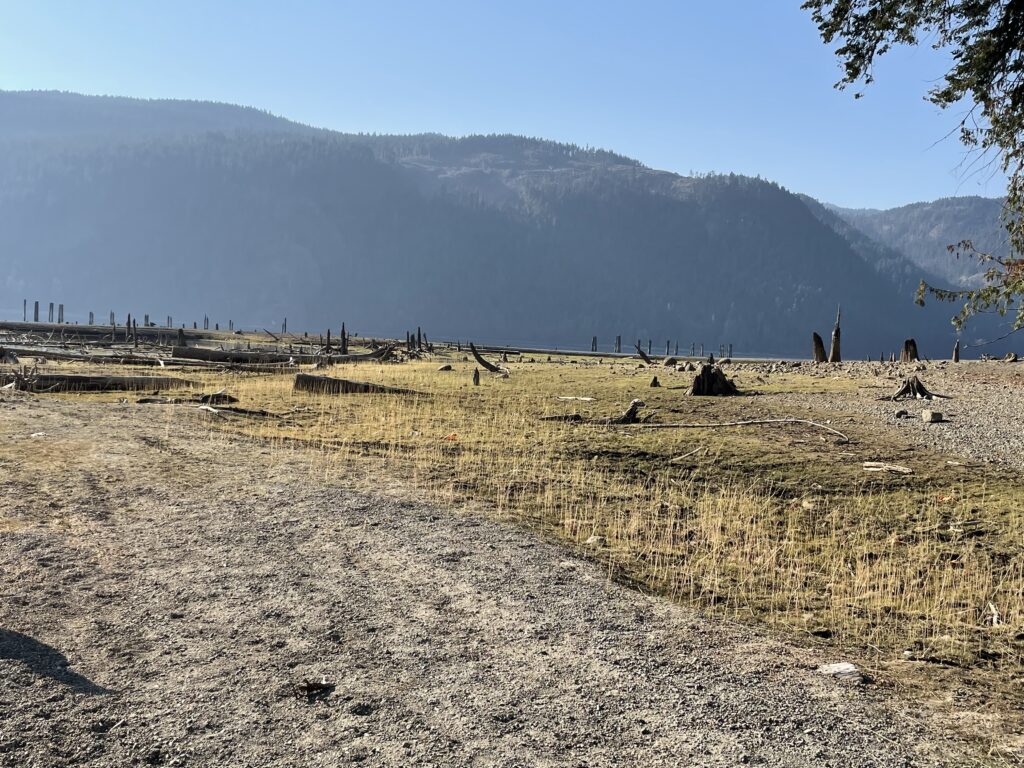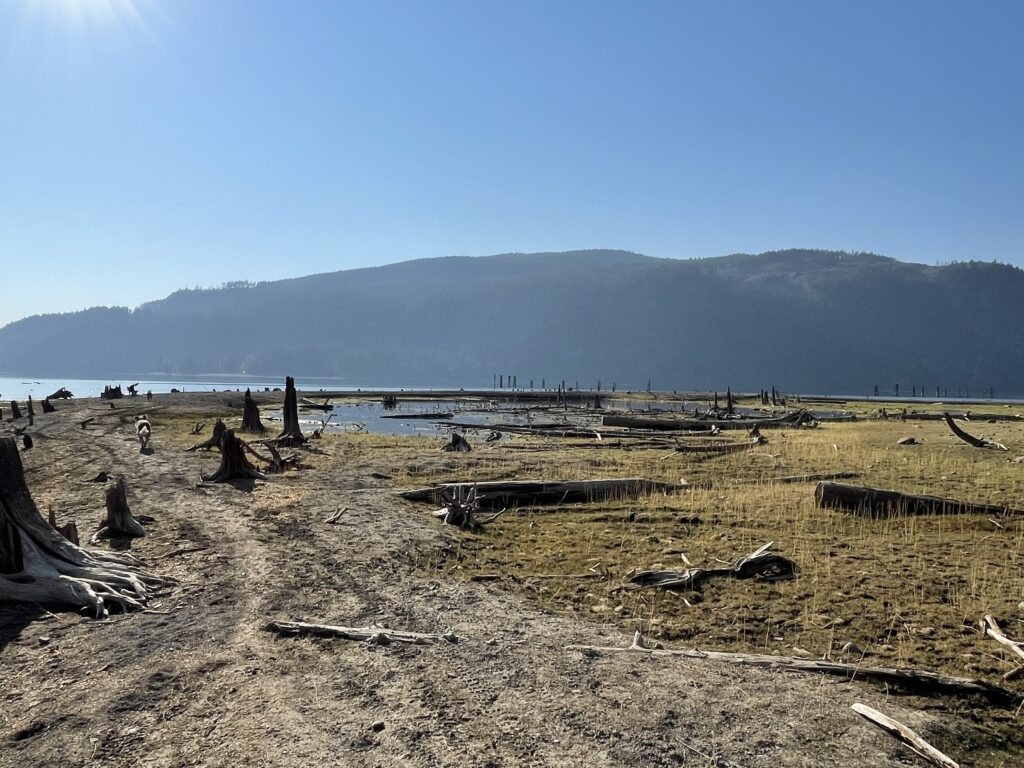Unit 1: Analysis of Style Research Assignment

Tariku Shiferaw
- Born 1983
- Is based out of New York and is currently an artist-in-residence at the World Trade Center through Silver Art Projects (2020 – 2022)
- Painting and mark-making that explores the metaphysical and physical spaces of society and social structure, ethnicity, race, colour, and gender,
- “Following in the traditional conversation of painting and making marks and gestures that interrogates the space. A mark, as physical and present as cave markings, which says, “I am here” or “I was here.” It reveals the thinker behind the gesture – evidence of prior markings of ideas and self onto the space. The identity of the mark-maker is equally important as the mark itself. Or else, the context can be blurred and forgotten behind the physical aesthetics.”
- Attained his BFA, at the University of Southern California in 2007 and his MFA at Parsons the New School for Design in 2015.
- He has exhibited his work in both solo and group shows across the U.S and Europe.
- “Taking the names of songs from Hip-Hop, R&B, Jazz, Blues, and Reggae music, Shiferaw makes paintings that embody the experiences and struggles expressed through music by Black artists and composers. He often explores a spectrum of topics ranging from the notion of Black bodies in a white social construct to the popular idioms of romance, sex, and daily life – existence. Appropriating song titles as points of reference for his paintings, the works automatically inherit musical references, identities, and histories.”

Tariku Shiferaw, Ivy (Frank Ocean), 2020 [photo: Mike Jensen; courtesy of the artist and the Zuckerman Museum of Art, Kennesaw]

Mad (Solange), 2020 [photo: Mike Jensen; courtesy of the artist and the Zuckerman Museum of Art, Kennesaw]
I am drawn to Shiferaw’s work with intrigue. I am curious about why he has done what he has done. Why are the bright intense strips laid out across a black surface? Why on only the lower part? The strips are painted in an abstract manner resembling marble swirls of white, browns and pale blue. If they were put together, would they form an image and tell a story?
When I look closer the black background is not entirely black it is not one solid shade. It is as if I am in a darkened room and peering out through the opened slats of a window or door. The strips are a broken glimpses of what is beyond the boundaries. The strips of marbled paper are spaces that we have a glimpse of but can’t tell what is there. The darker areas are not entirely empty spaces as we can make out hues of darkness yet can’t make out if anything is there. Like a darkened bedroom at the monster hour of the night.
Shiferaw uses coloured bands in his work because he finds them aesthetically pleasing to engage with. These bars are inspired by wooden shipping palettes that Shiferaw finds “Cool” the wood dirty and smeared and sometimes blue. wood dirty or smeared, and others a blue.
Shiferaw speaks of his creative process as a journey through life where he takes in the world around him as it is happening. All the colours, sounds, shades, shadows, and lights. He will stop in his tracks and investigate a space or sound or object of discovery and take in how feels and he will spend time trying it out.
- “I had a very inspiring, pivotal moment. In 2013, I encountered this life-size mirror that was thrown on the sidewalk of my street in Los Angeles. It was a dirt sidewalk where the grass had not grown yet. The mirror was cracked and it had just rained. Over the weeks, bits of grass started growing through the shards of the mirror. You could see the blue sky and the clouds and then the trees on its surface. I laid down in this glass and there was all around me this floating sky, but then the green of the grass. That image stayed in my imagination.”
His interest in using geometric shapes in his work arises from his metaphysical examination of the meaning s these shapes hold for cultures throughout history. The rectangular horizontal shapes for Shiferaw hold the context of a deconstructed X and there the bars function as an X does in society, which is many things. To Shiferaw this means multiple possibilities with no true end.
- “I’m interested in the in-between places of meaning, where there’s no true resting place for the form or a singular meaning it’s tied to. The non-referential quality of geometric forms allows for possibilities that well-defined symbols couldn’t perform. I’m also interested in the ambiguity these forms ignite within the work.
The way in which Shiferaw arranges his geometric shape and the design of his work works well. There is a rhythmic tone to his work. The bars push out at us and pull us in for a closer look and the darker background pulls us in but keeps us at a distance. Our eyes are left searching in the infinite possibilities.
I like the way Shiferaw explores his creative process of mark-making with his philosophical exploration of societal structures and the spaces in between. He works with spray paint, and acrylics on plastics, wood, and canvas.
- The dichotomy presented in the relationship between the two colors became very loud. The color black is often tabooed in society, while blue is revered as the symbol of the heavens above. However, in the Blues, the blue represents a type of melancholy, it describes the hardship of life caused as a result of having Black skin. Songs in this genre describe the bruising of the skin into black and blue, while simultaneously placing hope in the liberation of the soul. These colors are super abstracted and can weave in and out of a number of topics.”
He is right, his work is “Cool”.
https://www.tarikushiferaw.com/news
https://www.artsy.net/artist/tariku-shiferaw
ARTIST #2

Vija Clemins
- Born in 1938 In Riga, Latvia
- As a child, her family fled to Germany after the Soviet Union occupied Latvia during WW II, 1940. Prior to being relocated to Indianapolis, USA, with the aid of the NPO, The World Church Service her family lived in a UN-supported Latvia refugee camp in Germany.
- As a young refugee in a foreign country with a foreign language, she concentrated on her creative instincts to persevere. She was encouraged by teachers to continue to draw and paint.
- BFA at John Herron School of Art, Indianapolis. MFA UCLA, California
- She taught at California State University, LA., UCL, Irvine, and California Institute of the Arts. She also taught at the Cooper Union and Yale University School of Art.
- Abstract painter, and sculptor and worked in graphite pencil, charcoal, eraser, woodcut, and printing.
- Most of her earlier work focused on violence and conflict with apparent randomness and thus dispassionate attitude. Perhaps disconnectedness.
- She created moonscapes, ocean surfaces, star fields, shells, and spider webs, which often share the characteristic of not having a reference point: no horizon, depth of field, edge, or landmarks to put them into context. The location, constellation, or scientific name are all unknown – there is no information imparted.
- Her later work explores negative space removing darkness from images and achieving subtle control of grey tones.
- From 2008, Celmins returned to objects and representative work, with paintings of maps and books, as well as many uses of small graphite tablets – handheld blackboards. She also produced a series of prints of her now well-known waves, spiderwebs, shells, and desert floors, many of which were exhibited at the McKee Gallery in June 2010. She recently released a new series of prints that includes both night sky and waves mezzotints. These prints were exhibited at the Matthew Marks Gallery in January, February, and March 2018 and at the Senior & Shopmaker Gallery in February and March 2018.
- Her woodcuts of water can take a year to cut; she has commented that they “remind us of ‘the complexity of the simplest things”.

Jigsaw Puzzle, 1966, 31 x 25 x 5, Vija Clemins: History, Analysis & Facts ArtHive

Concentric bearings 1984
As a young girl in her newly settled home in Indianapolis, Indiana, Celmins began collecting images from comic books and picture-playing cards. Highlighting the importance of imagery from this early age the artist later reflected: ‘I had stacks of comics because I had sort of taught myself how to read because I couldn’t speak English. I only spoke Latvian, really’ (quoted in Sussler 2011, p.6).
Celmins began using found photography as her source material in the mid-1960s, during the period when she was also engaged in making sculptures based on everyday functional objects. These sculptures are striking in their resemblance to actual objects and employ the Surrealist method of changing the size and scale.
I liked Vija Clemin’s work. I think I am an art appreciator. I really like the journey viewing art takes me on. I smiled when I saw the Jigsaw puzzle as I can relate to using the idea of puzzles in creating art. So, I had to find out more. I didn’t find much about the puzzle other than it was painted and a woodcut.
The painting is of what looks like stones steaming in a bowl. She began to work with stones in the late 1970 and early 1980 after two relationship separations. She started out painting stones themselves explaining it was her first step back into painting in oils as she wanted her work to carry more weight.
- Using paint on the stones was the first step; oil on canvas, after eighteen years of working in pencil or charcoal, was more difficult. “When I started painting again in the mid-eighties, I couldn’t finish anything,” she told the artist Chuck Close. “I felt like a baby crawling on my hands and knees.” She resumed painting, she said, because “I wanted the work to carry more weight.”
As for the idea of the puzzle, I think it fits in with her idea of “things” not being weighted down by earthly sculpture and as seen in her print, Concentric Bearings, her process is to transform found objects working two dimensions into three and hurtling them out into the fourth-dimensional space. Every day mundane objects, toys, games, and found objects become ephemeral.
- Her first New York show was in 1983, at the McKee Gallery, on Fifty-seventh Street….In the middle of the room was a large plaster slab holding the eleven stones and their painted bronze duplicates, which she had finally finished. They were laid out in carefully randomized order. In two places a matched pair were close together, but the rest were separated. The piece puzzled and intrigued viewers. “Some people thought she had traveled the world and found eleven identical stones,” McKee told me. The work’s quiet power—its ability to capture and hold people’s interest—was never in doubt, and Celmins’s title for it, “To Fix the Image in Memory: I-XI (1977-1982),” was every artist’s ambition.
“The basic thing that I like about painting is that it is non-verbal,” says Celmins. “Observation is closer to thought than to words.”
https://www.moma.org/artists/1048
https://www.tate.org.uk/art/artists/vija-celmins-2731/explore-art-vija-celminshttps://www.newyorker.com/magazine/2019/09/02/vija-celmins-surface-matters
Inspiration




